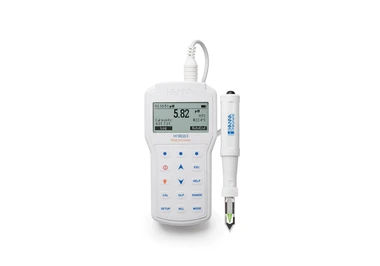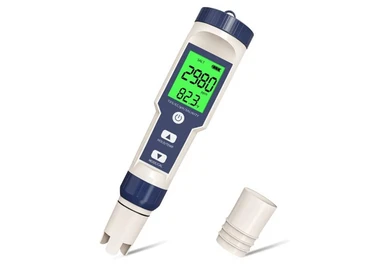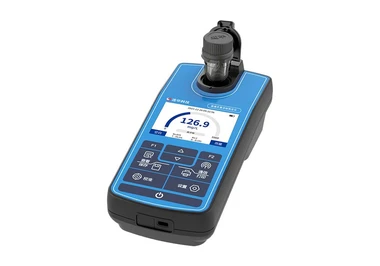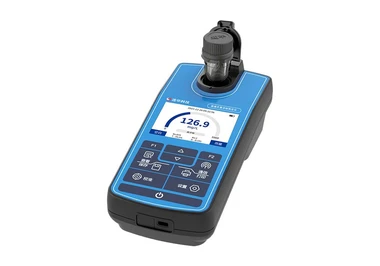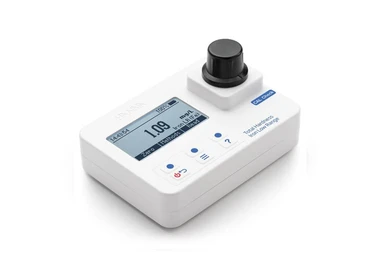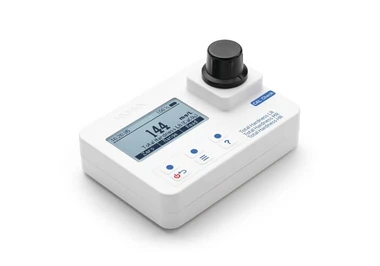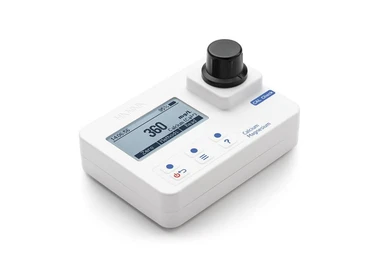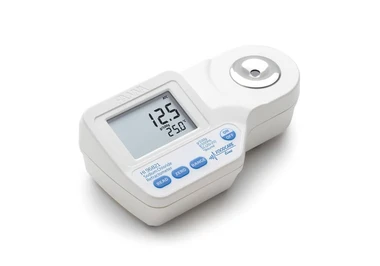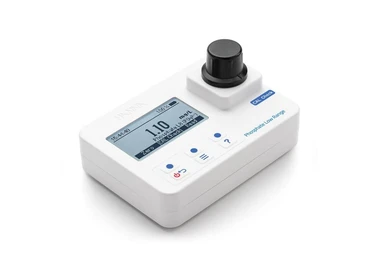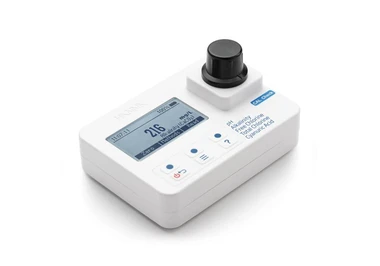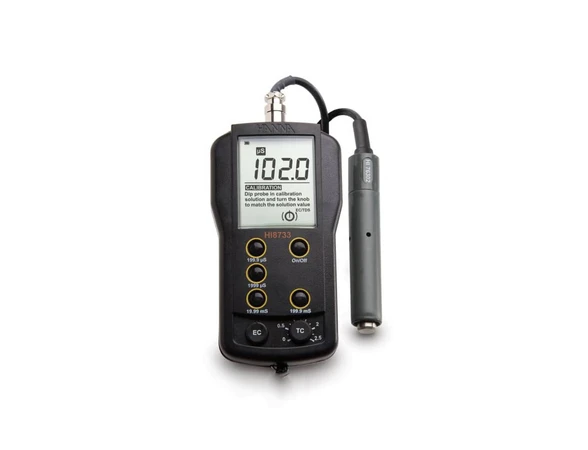
Measurement of electrical conductivity of water(EC)
Electrical conductivity (EC) of water is a measure of the ability of water to conduct an electric current. This ability is directly related to the concentration of conductive ions in the water. These conductive ions are caused by the presence of inorganic substances such as chlorides, alkalis, carbonate compounds, and sulfides, and dissolved salts.
Electrical Conductivity of Water (EC)
Electrical conductivity of water (EC) is a measure of the ability of water to conduct an electric current. This ability is directly related to the concentration of conductive ions in the water. These conductive ions are formed due to the presence of inorganic substances such as chlorides, alkalis, carbonate compounds and sulfides and dissolved salts. Most metals are excellent conductors of electricity due to the large number of free electrons.
Definition of electrical conductivity of water (EC)
The degree to which water conducts or transmits electricity, heat or sound is called water conductivity. It is represented by the unit s or k.
Units of measurement for electrical conductivity of water:
Units | |
Units in SI | Siemens per meter [S/m] |
Units in the U.S | millimouse per centimeter [mmho/cm] |
Difference between Electrical Conductivity and Resistance:
Electrical conductivity is based on conductivity. Conductivity is the ability of a material to conduct current. The units of measurement for electrical conductivity (EC) are Siemens/centimeter (S/cm, mS/cm, μS/cm, dS/m). For example, distilled water has an electrical conductivity of 0.55 μS/cm at 25°C.
Silver has the highest conductivity among metals: 106 x63 S/m
Electrical resistivity (ρ) is the ability of a material to conduct current and is not focused on resistance. The units we use to measure electrical resistance include cm x ohms. For example, distilled water has a value of 18.16 Mohm.cm at 25°C.
Types of electrical conductivity values of water:
- Distilled water 0.05 µS/cm
- Drinking water 800 – 200 µS/cm
- Sea water 50,000 – 40,000 µS/cm

The relationship between electrical conductivity and TDS:
The TDS test is a measurement of the total solid ions present in a solution. Electrical conductivity (EC) is actually a measurement of the ionic activity of a solution in terms of its current carrying capacity. In a dilute solution, TDS and EC are reasonably comparable.
The TDS of a water sample based on the measured EC value can be calculated using the following equation:
(mg in L)TDS = (dS/m or mmho/cm)0.5 x EC
or
EC x 1000 x 0.5 (mS/cm)
*The laboratories of Abrizan Industrial Research Company located in Fars Science and Technology Park are capable of measuring a variety of water parameters, including electrical conductivity (EC), using advanced devices and equipment.

